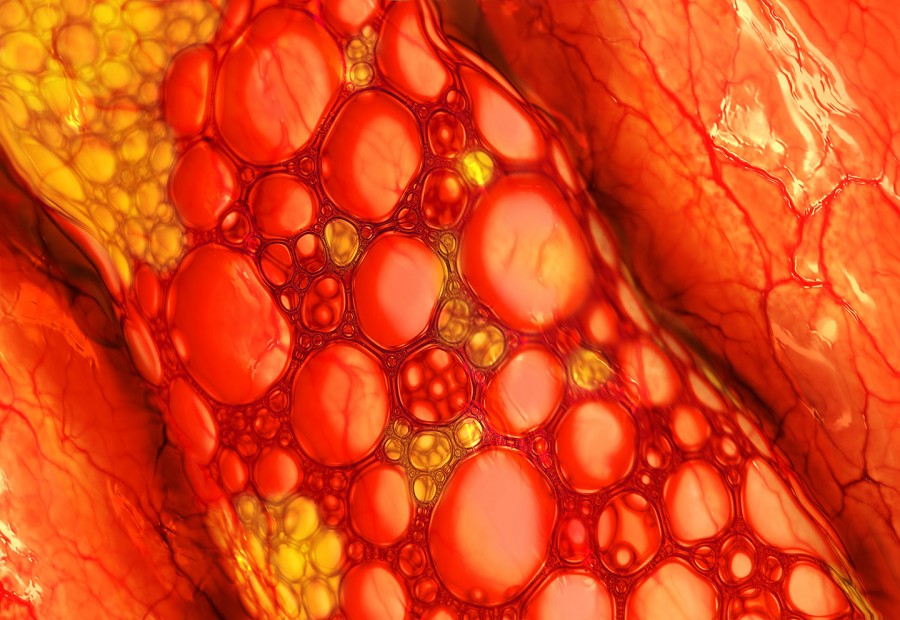News and Article
Knowing and preventing high cholesterol levels in the body

There are 3 types of cholesterol in the blood that are commonly measured, namely:
- Low Density Lipoprotein Cholesterol (LDLc) or known as "Bad cholesterol" whose function is to transport cholesterol from its manufacturing site, which is in the liver, throughout the body including the blood vessels themselves. If the levels are excessive then it will stick to the walls of blood vessels causing the blood vessels to harden and stiffen.
- High Density Lipoprotein Cholesterol (HDLc) or known as " good cholesterol " because of its function of transporting cholesterol attached to the blood vessels back to the liver. What is desirable is the level must be high.
- The third is triglycerides which if the amount is excessive also gives a bad thing for our bodies.
What are the symptoms of high cholesterol?
Many experts say that high cholesterol has no symptoms, and some say that high cholesterol can be followed by symptoms such as: headaches, aches / pain in the chest and neck. If these symptoms are felt the levels are usually quite high and have lasted a long time.
Seeing this reality, the examination of blood cholesterol or blood fat, also known as blood lipid examination, is the only way to find out and confirm it.
Therefore, it is advisable to check with your doctor or health care center regularly and ask, “do I need to check cholesterol levels”.
Examination will also be carried out more often if you have a family history of high cholesterol values, you have heart disease or other risk factors such as smoking, obesity (overweight), diabetes or high blood pressure.
Risk factors are factors that can increase bad cholesterol (LDLc) as follows:
- Unhealthy foods that are foods that contain saturated fats, which are animal products, foods that contain trans fat for example biscuits and light snacks favored by children and adults, microwave popcorn, red meat, dairy products that are rich in fat.
- Obesity (overweight)
- Smoke (cigarettes)
- Age
- Diabetes
Prevention (better to prevent than cure)
- Eat healthy food, limit saturated fats and trans fats
- Being in the ideal body weight
- Stop smoking
- Exercise every day
- Stop alcohol
- Control “stress”, think positive and get enough sleep
This paper cannot replace the role or advice of health workers. All the decisions you make must be discussed with your healthcare provider, regarding your specific medical needs.
Writter: Alex Pattinasarany
Reference:
- Panduan tatalaksana dislipidemia 2017 - Perhimpunana Dokter Spesialis Kardiovaskular Indonesia
- Everything You Need to Know about High Cholesterol, Healtine, 2020, 2020, Healthline.com/health/high-cholesterol

